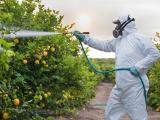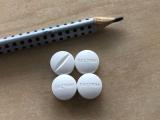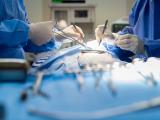In the political declaration that emerged from the 2016 United Nations (UN) High-Level Meeting on Antimicrobial Resistance (AMR), UN member states called for concerted action from governments and various sectors to address the implications of AMR and implement strategies to tackle the problem.
Among the groups formed in response to the declaration is the AMR Industry Alliance, a collection of more than 100 large and small biotechnology, diagnostics, generics, and research-based pharmaceutical companies and associations whose aim is to drive and measure industry efforts to curb AMR. Since its formation in 2017, the alliance has produced a series of reports detailing the progress its members have made in meeting their commitments and outlining its work in four core areas: antibiotic research and development (R&D), equitable access, appropriate use, and environmentally responsible antibiotic manufacturing.
The past few months have been busy ones for the alliance. In late February, the group released a "call-to-action" ahead of the second UN High-Level Meeting on AMR in September. That was followed by reports on equitable and responsible access and the role of diagnostics in national action plans.
To learn more about the work that the group has been doing to promote sustainable solutions to AMR, CIDRAP News recently spoke with James Anderson, MBA, executive director of global health at the International Federation of Pharmaceutical Manufacturers and Associations and board chair of the AMR Industry Alliance. The interview has been lightly edited for length and clarity.
CIDRAP News: The AMR Industry Alliance released its "call-to-action" ahead of the September 2024 UN High-Level Meeting on AMR, and in that document, you called for "bold, coordinated" action in four key areas—responsible antibiotic manufacturing, antibiotic R&D, access, and appropriate use. What does bold, coordinated action look like?
James Anderson: The challenge of AMR is that it's not a single disease. It is the combined effect of 2 billion years of evolution across multiple different types of bacteria. And that evolution is still going on. And what that means is it manifests in different ways in different countries and different populations, and it's being driven forward by multiple different factors, as well. So that complexity is why we do need a level of coordinated action.
Why we're calling for bold [action] is really to recognize that whilst a lot of progress has been made since 2016, everyone agrees there's still a long way to go. We still have a very weak pipeline for new antibiotics. We still have many, many millions of patients around the world that can't access or get hold of any antibiotics. We still have, in many parts of the world, uncontrolled use of antibiotics in humans, let alone in animals and even in other parts of agriculture. We still have, in some cases, poor-quality manufacturing and poor-quality products coming through. So in all of the areas where we're calling for bold action, there has been progress made, but there's still a long way to go. And that's why we believe the world should leverage this opportunity in September to raise the targets and to be more ambitious.
CIDRAP News: Let's start with responsible antibiotic manufacturing, because this is an issue that the AMR Industry Alliance has really been out front on. Why is this issue important to the alliance?
James Anderson: Whenever bacteria come into contact with antibiotics, the risk is they will start to develop resistance. Often that is inside people or inside animals, but it equally can be in the environment. Antibiotics get into the environment via many different channels. But one of them can be through discharges from the manufacturing process. Whilst it's a relatively small part of the total in volume terms, it's something that the industry can control and should control. That's why we have put a lot of effort into developing a pathway to do that.
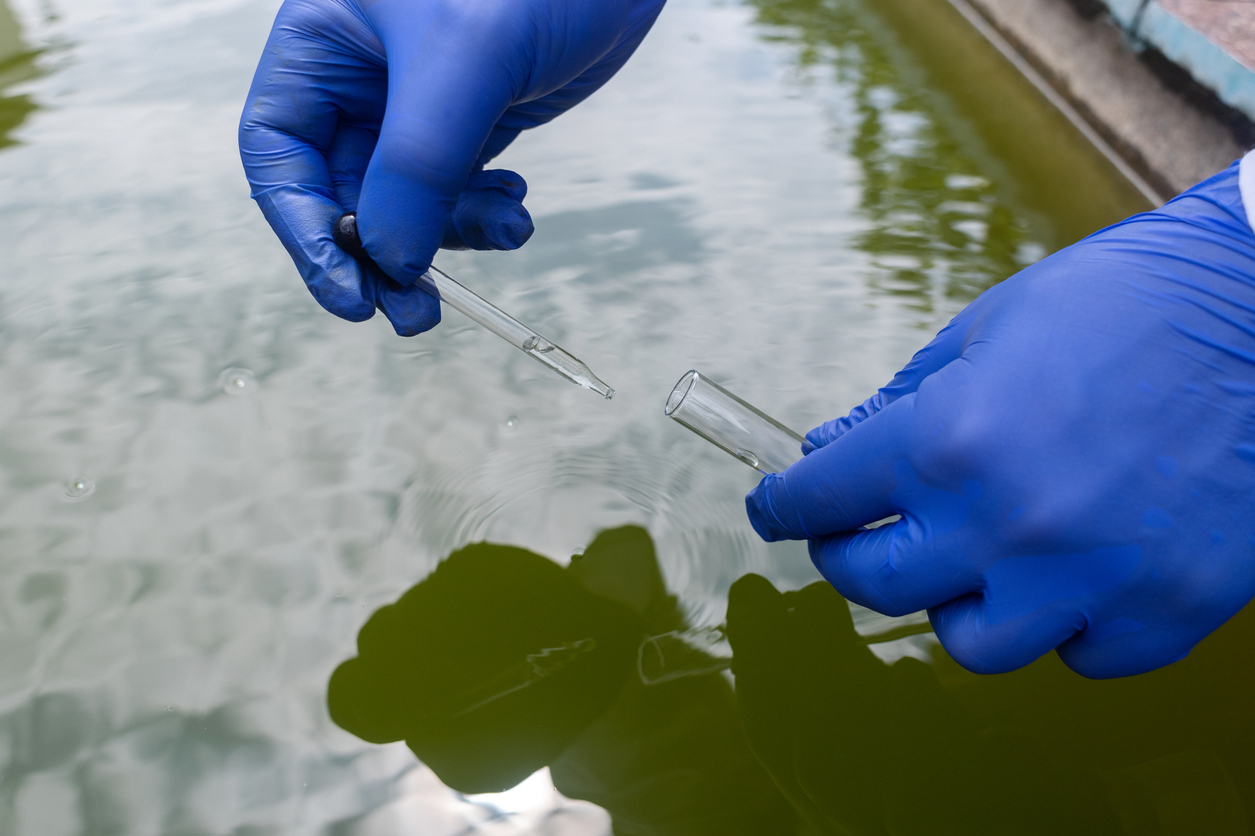
So we've published, first of all, a set of standards which defined for the first time the levels of [antibiotic] discharge that could be considered acceptable, which means that they would be considered, based on the scientific data available, to have zero or minimal effect on the bacteria they may come into. And those levels are extraordinarily low. That was the first step. Then we did a second piece of work around the guidelines, which are essentially a set of working practices that companies should use in order to achieve those targets.
And then the third step, which we've just done, is to move towards an independent certification of those manufacturing standards. We believe that's important as well because it gives that level of confidence from an external perspective, from a trusted third party, that what the companies are saying about how they're doing their responsible manufacturing is actually certified and guaranteed by independent experts.
CIDRAP News: What kind of response have you gotten from the antibiotic manufacturing industry?
James Anderson: By and large, it's been universally positive. First of all, the certification process was only launched a few months ago, and yet we have a strong and steady pipeline of companies putting their products through it. So we're making very good progress there. We even have the first one being done from a company that's not actually a member of the AMR Alliance. And that's a really important development. We are keen to expand out to all manufacturers in the end.
The challenge of AMR is that it's not a single disease. It is the combined effect of 2 billion years of evolution across multiple different types of bacteria. And that evolution is still going on.
Secondly, the response externally also has been very positive. Many stakeholders in this field recognize that this is the industry really driving forward in a self-regulating kind of way, but taking the initiative, being proactive. And that's been received very positively. There is, you know, an ongoing scientific debate about whether we have enough data about the levels [of antibiotic discharge] and whether they are at exactly the right level or not. That debate is important as well and should carry on. But our strong belief is that if we could get all companies around the world to the levels that we've put out there, that would make a massive difference.
We believe the way to accelerate the response and really turn it into a universal mark of responsible manufacturing would be when procurers of antibiotics start to request [certification] or start to include it in their procurement criteria. That's where we would like to see more progress around the world, including in multilateral purchasing systems as well as at the country level.
CIDRAP News: In the call-to-action, the alliance noted that 34 of its members invest approximately $2 billion annually in antibiotic R&D but said "the private sector investments will only work if governments and other stakeholders create a more sustainable market for antimicrobial products." So far there's truly only one effort in place to create a more sustainable market, and that's in the United Kingdom. We've had legislation introduced here in the United States, the PASTEUR Act, which is yet to receive a vote. What needs to happen to get more governments to take action on this issue, and how many countries would need to implement incentive programs to make a difference?
James Anderson: I agree with your summary, but I would add that Canada is moving on this issue. They will implement a pilot starting later this year. And Japan also has taken some tentative steps. But there is still a long way to go. That's clear. We actually think that this is something that the G7 by and large can solve. If all of the G7 countries took action along the lines of what the UK has done—in terms of the economic amount—that would actually get us where we need to be. So it can be quite a focused set of actions in terms of the number of countries that are involved.
That being said, it's proving difficult, both from a technical level but even more so, I would say, from a political level, which is, frankly, harder to solve. Our view is that something like the UN General Assembly does raise this topic up to the head-of-state level in a way that it may not otherwise happen. That is the purpose of it, and we are hopeful that it will help overcome some of the political challenges that we may see.
If you look at the current pipeline of antibiotics, it's really slim. There are a number of bacteria that don't have anything at all in development—including some of the high-risk ones such as Salmonella—or that really only have one or two products [in development], meaning there's a good chance that there won't be any new products coming to market. So there is an urgency to take action here. We believe that companies and investors will respond quite rapidly if incentives are introduced. But there does need to be a critical mass across the G7 in order to deliver that change.
CIDRAP News: Earlier this year, the alliance released the "Leaving the Lab" report, which detailed the brain drain from antibiotic research R&D. Do you see that as one of the indirect consequences of the broken antibiotic market? And do you worry that if we don't see these market incentives from governments that this research could wither on the vine?
James Anderson: Absolutely. And I think that that's really the key takeaway from the report. Currently, even when companies successfully develop a new antibiotic, most of them are going bankrupt because the market doesn't support them. And then most of those scientists are leaving the antibiotics lab. They're moving into a different lab, mostly to do research in other areas, whether it's oncology or immunology or unrelated topics. And the problem is that [antibiotic development] is a specialist field, and it takes a long time for people to build up that expertise. So again, there is an urgency to try and stop that brain drain before it's lost further.
CIDRAP News: As you well know, many low- and middle-income countries lack access to the antibiotics that are needed for drug-resistant infections. The alliance recently put out an equitable and responsible access roadmap. Can you talk broadly about why this is important and how we ensure that all countries have access to the full spectrum of antibiotics?
James Anderson: This is one of the four areas of action that we believe needs to be taken. It requires a level of joint action from different stakeholders around the world, which includes the industry but is not necessarily starting or finishing with the industry. What we all want is for patients to be able to access high-quality antibiotics, and the right antibiotics, wherever they are. And in order to do that, we need several steps in place.
First of all, we need to improve the way diagnosis is done. In many countries, including many higher income countries, [antibiotic] prescribing is still done empirically, which means without a confirmed diagnosis. In our roadmap, one of the first steps is to utilize and leverage the power of diagnostics much more.
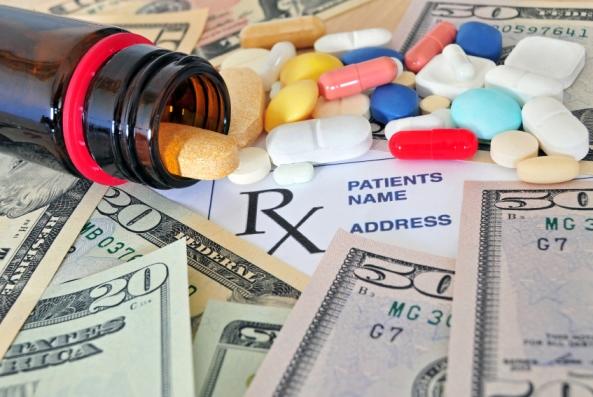
Then you need to make sure that the antibiotics are registered and made available in each country. There are a number of challenges here. Some are economic, some are practical. What the data show is that, even in higher-income countries—let alone in the lower-income countries—many of the new antibiotics are not being registered or approved. And that's why we believe that a new model is needed that basically corrects the economic mismatch that we see there.
There are a number of suggestions that we make in the report about how to do that. It comes down to helping companies understand the real demand for their products and then helping make sure that the supply will be coming to meet that demand. We would argue at the moment that the demand is either nonexistent or not visible to companies. And the result of that is companies say there's no point in investing to make my product available if there's no demand. So there's a cycle that needs to be worked through.
What we all want is for patients to be able to access high-quality antibiotics, and the right antibiotics, wherever they are.
And even with older antibiotics that are available from many different suppliers, there's no IP [intellectual property] protection. The prices are often very low. Yet there's still widespread lack of availability. There are often shortages. And there are still millions of patients that can't get hold of those [antibiotics] either. So in our roadmap we don't really distinguish between newer or older antibiotics.
At the end of the day, it needs to be supply and demand coming together, not just one or the other. And at the moment, the problem is, we have neither. We need both in the right place at the right time.
CIDRAP News: What is the alliance doing to promote development and use of diagnostics?
James Anderson: At a high level, really, it is about trying to work within the context of national action plans and in fact leverage some of the progress that we saw during COVID, where the use of tests overall became much more common, whether it was at-home tests that individuals did or the more sophisticated test sequencing and so on that was done in labs. So we believe that opens the door now. And part of what we're trying to discuss in this report is what would it take to make that more systematic.
When you look at expanding [diagnostic testing] into low- and middle-income countries, it's almost more [in those countries] part of building out the overall universal health coverage (UHC) system. Diagnosis is fundamental to not only infectious diseases, but also blood pressure, diabetes, and everything else. If you don't have any approach to diagnosing those diseases, you're not going to achieve UHC.
We recognize it's a challenge. We're making some concrete suggestions, and some of those suggestions do require investments. In many countries the laboratory infrastructure is simply not there. Secondly, there can be an issue about the individual value that's perceived of a diagnostic compared to its cost. So that needs to work be worked through as well.
CIDRAP News: What do you hope the picture looks like 10 years from now, in 2034, in terms of the antibiotic pipeline and where the world is in dealing with the AMR crisis?
James Anderson: Ten years from now, we should have a global system that enables companies to understand what antibiotics are needed in what quantities and then deliver them to that so that patients everywhere can get hold of them. That's number one.
We should have a robust pipeline that's supported by incentives from the G7 that reward or deliver a return on investment to investors into the R&D for that pipeline. We should have all major procurers around the world requiring high levels of manufacturing standards for antibiotics, and also making sure that high-quality products are used. In other words, low-quality products are excluded.
And we should see a much greater use of diagnostics as part of an integrated stewardship approach, in all countries.

